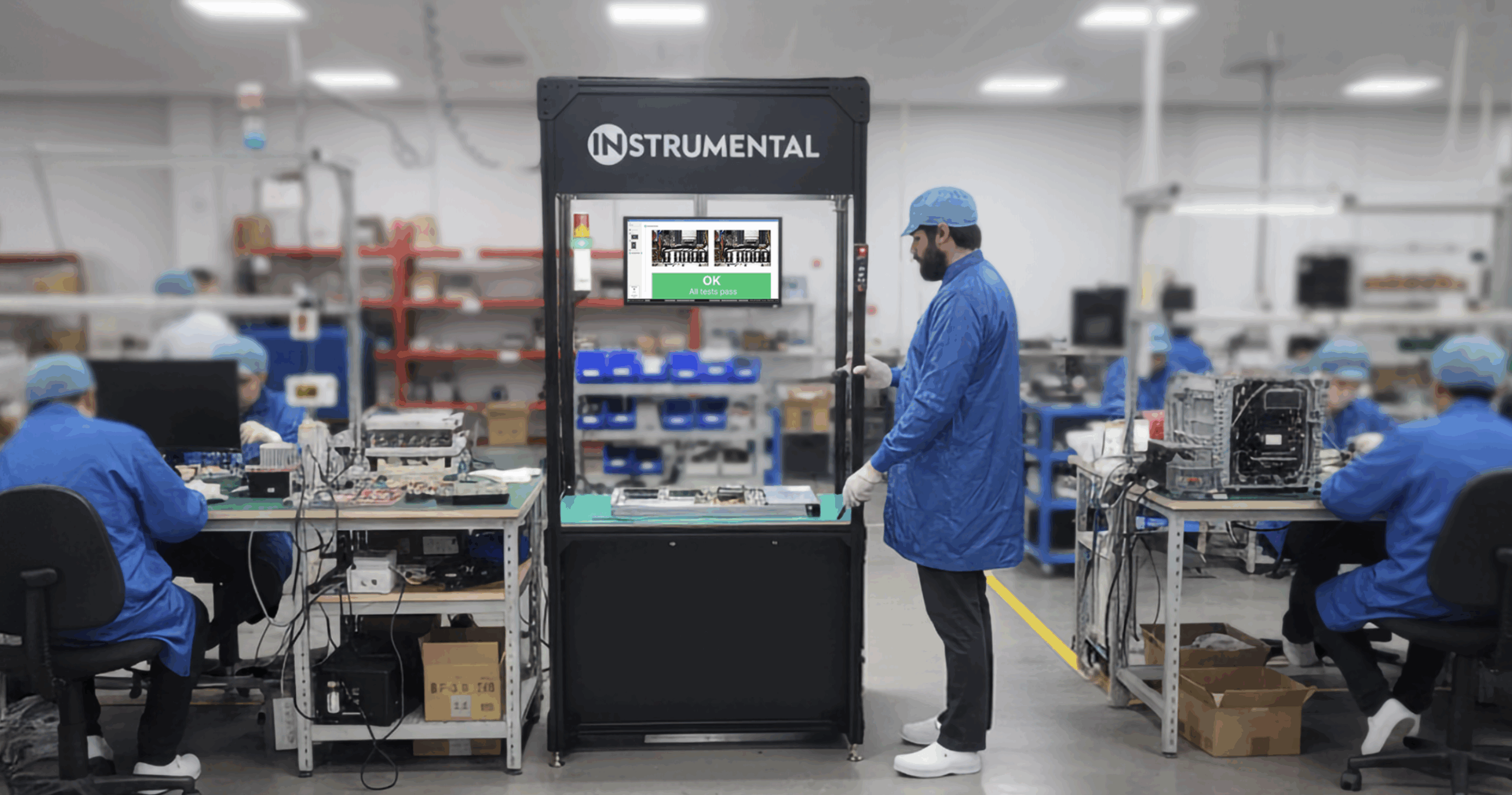Everyone admires the quality of products from industry leaders like Apple. While you may not be able to manufacture like Apple, we often hear from product leaders who are trying to figure out how their organization can keep top-notch quality into mass production. The problem for product leaders is that Apple has legions of human and capital resources to make their manufacturing machine work, while other companies have to get clever and scrappy. For many companies, the engineering team is also the fixture design team, the early field failure team, and the sustaining team. There may be team members based in the same country as the factory, but most companies actually do not have those. And eventually, it will be time for the engineering team to leave the factory and go home, leaving the manufacturer on its own. The top-tier factories we work with care a lot about product quality, but even in that environment, it can be difficult to keep tabs and collaborate from a distance.
Luckily, there are best practices you can follow as a product leader to keep quality high. There is a better way than stretching the team to cover early production and accruing significant travel costs while lowering engineer morale. At Instrumental, we know, because our founders shipped tens of millions of units at Apple before moving on to help many other companies do the same.
First, to lighten the load on your team for failure analysis and corrective actions, it’s critical to have the right data at hand to find the root cause of failures quickly. If your team can simply look up a serial number from the office and see images and test results, they’ll be able to solve problems much more quickly than if they had to fly to the factory and unbox units.
At Instrumental, we’ve seen this in action. For example, Pearl Auto was able to leverage Instrumental’s advanced vision system to reduce in-factory triage time. As Director of Hardware Product Development Chrissy Meyer said, “We were trying to scale manufacturing in an ‘Apple Way’ without the resources of Apple. Across the board, Instrumental saved us time by giving us a really quick feedback loop.”
Second, it’s important to maintain high fidelity communication among a globally distributed team of suppliers, engineers on-site, and the team back at headquarters. An easy way to cut through language barriers and communication problems is to enable everyone to look at the same thing while discussing issues. We’ve seen this repeatedly at Instrumental, where engineers outside of the factory have been delighted to find that they can identify issues remotely by investigating images and other data of their units. Since these images can be easily shared with factory counterparts, our customers tell us that they feel more in touch with what’s happening on the ground.
Another best practice pertains to sustaining quality. To ensure that your team can focus on the most important issues as products move into mass production, the data stream needs to keep flowing. Quality drifts are to be expected as supply chains ramp up. Image data from Instrumental allows retroactive investigations, enabling your team to be able to spot deviations that weren’t expected. And they can do all this without expensive travel.
Finally, upstream supplier part quality plays a major role in the quality of the final product, and issues with these parts are often discovered too late in the process. By keeping tabs on how these parts affect the product before and after critical assembly steps, engineering teams can find out about issues as they’re happening and make design or supplier tweaks to mitigate.
It all comes down to data.
If your team is aiming to build big, let us help you keep quality and engineering efficiency at its peak. Or, sign up below to receive more posts like this one.
Related Topics



